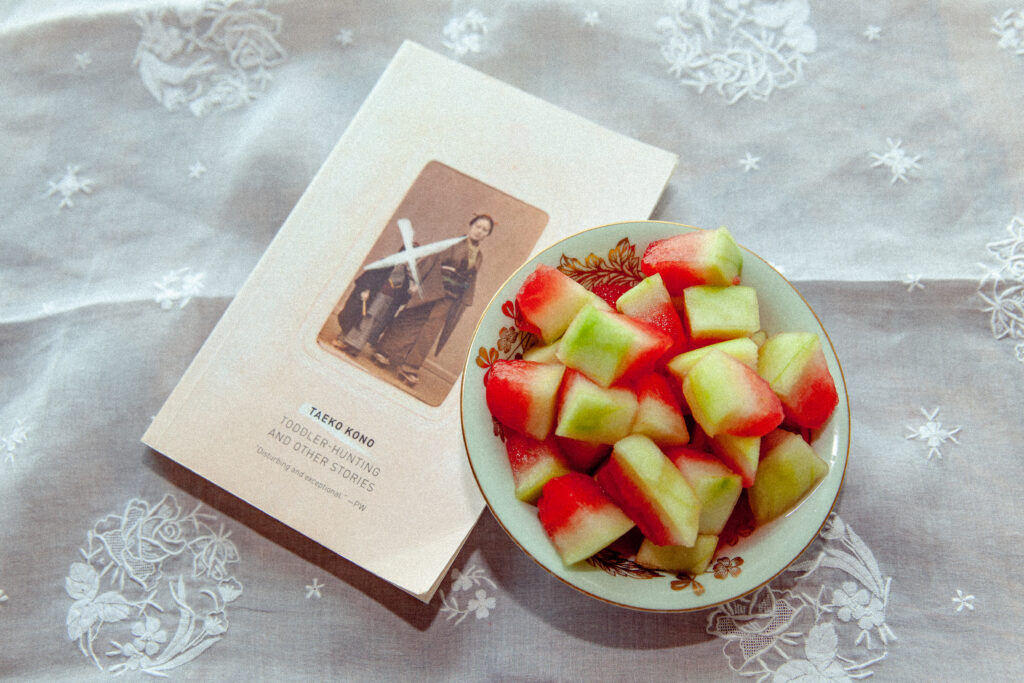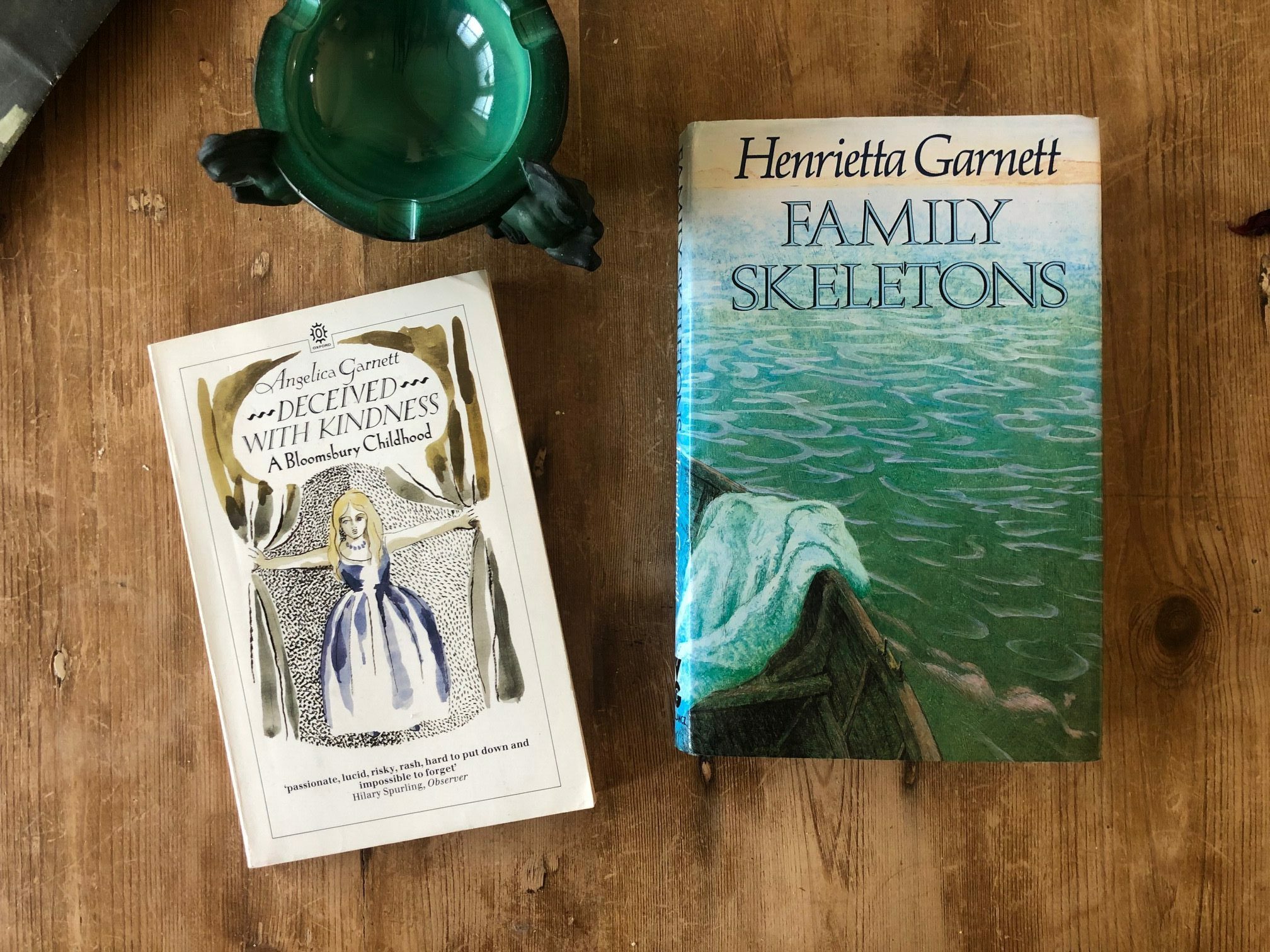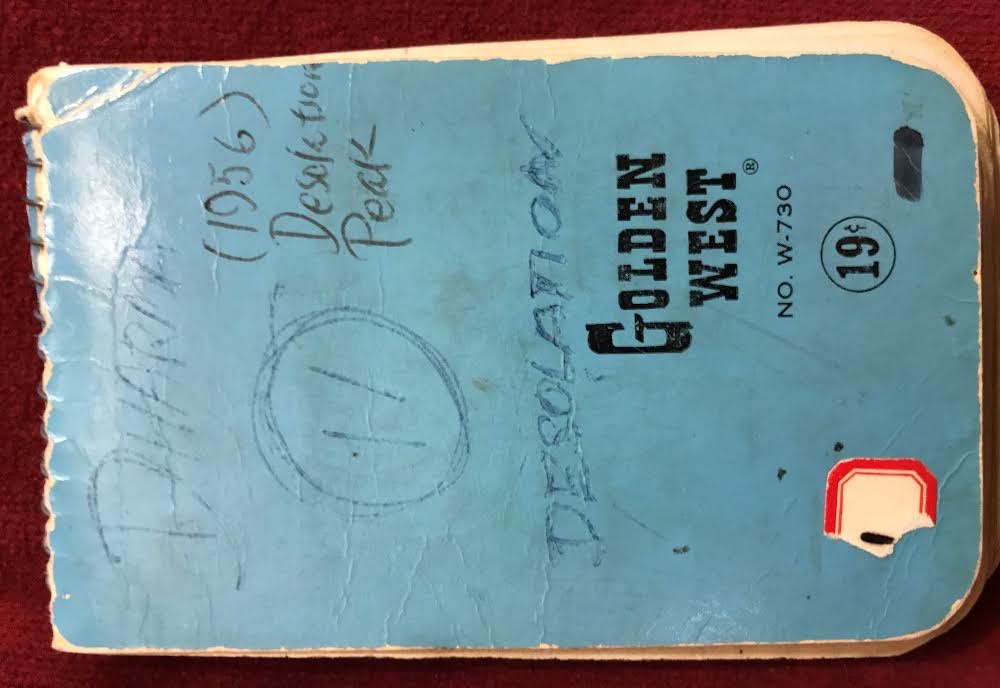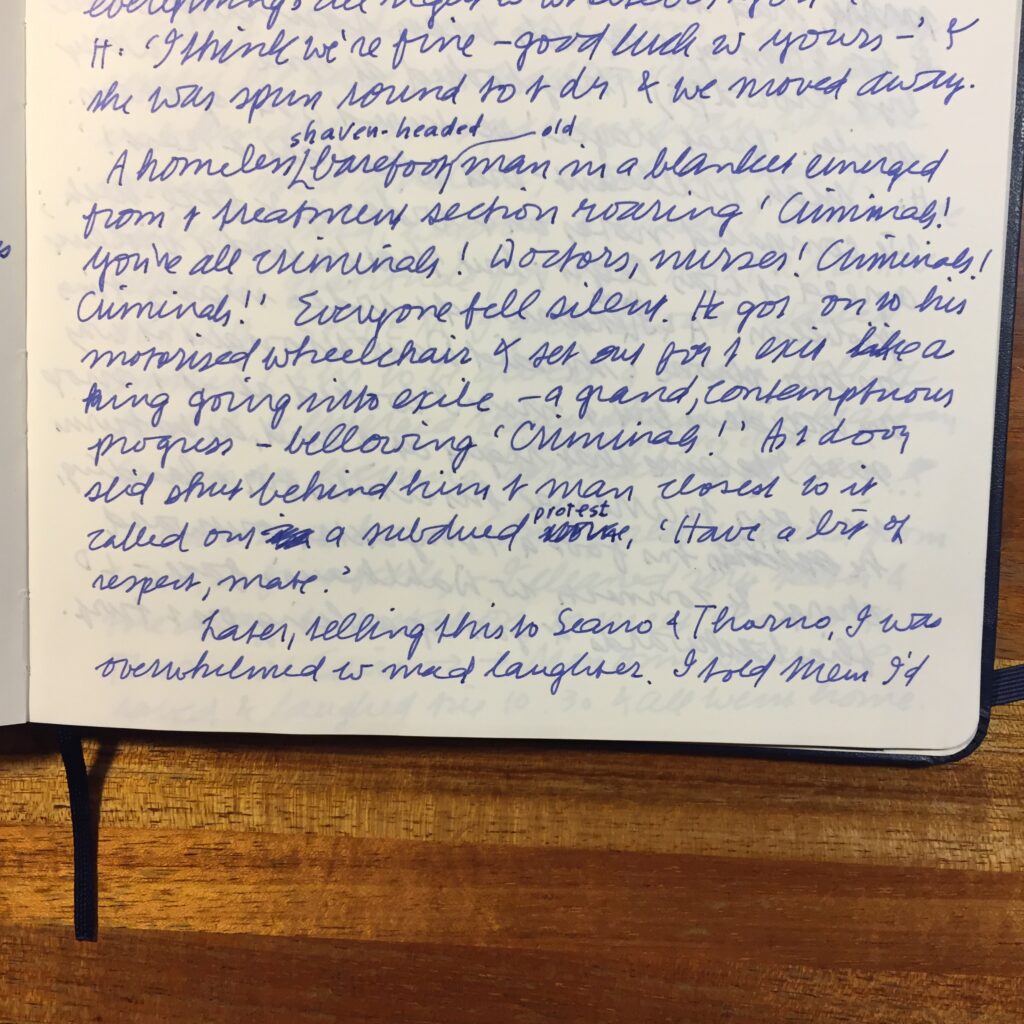In education there’s a distinct jargon used. Acronyms and idioms and particular turns of phrase. This isn’t unique to education, but ubiquitous in most occupations. While we do the best we can to reflect on our teaching processes and make corrections where necessary, sometimes we don’t even think about a term that needs to be examined because we’ve been using it for so long. This is not an excuse; it’s an explanation.
“Reluctant reader” is one of those terms. It’s still in use for a few reasons. One, it does describe people who are hesitant to read, and specifically, books or long passages. Two, it’s easy to remember and easily understood by non-educators. Parents, for example, understand what we mean when we call a child a reluctant reader. Whereas terms like 504 or scaffolding or IEP are not as accessible upon first hearing them. Finally, it’s alliterative. I don’t have to tell you that people who love literacy love alliteration.
It’s time for the expression to be closely examined and weighed. “Reluctant reader” does not have a positive connotation, for children or adults who identify with that term. In order to redefine reluctant readers, we first have to understand who they are.
What is a reluctant reader?
Reluctant readers fall into two main categories: unwilling and unable. It’s important to recognize the distinct differences between these two. While “reluctant” does accurately describe both of them, the motivation and reasons for each have crucial differences.
Unwilling readers are people who don’t want to read for a variety of reasons. They could be bored by reading or by the subject matter about which they are being asked to read. Almost nothing is more unpleasant for a person with a still-developing brain than to sit still and focus on a task that is uninteresting to them. It’s possible that they weren’t given a choice of what to read. Being forced to read something, even if it might interest the reader once they got into it, is something a lot of people fight against. Maybe the person is a slow reader, and as a result, often feels left behind in a group classroom setting. Then they start to identify as someone who’s not good at reading and develop negative self-talk or self-perception around it.
Copyright
© Book Riot




















